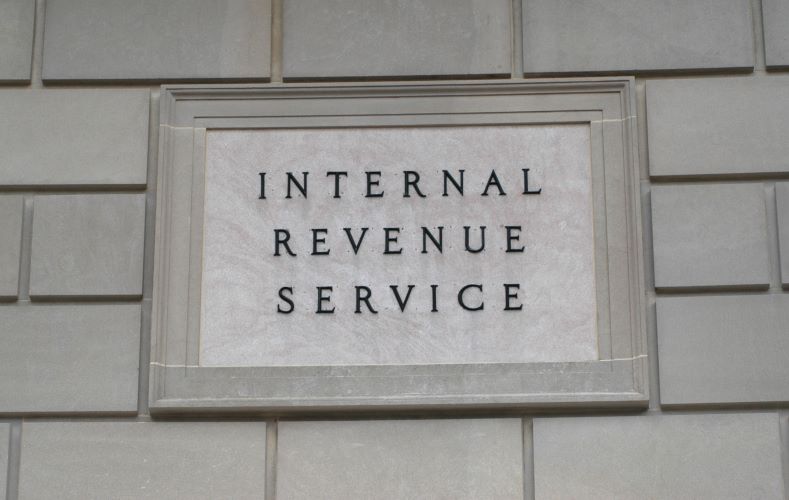The American Rescue Plan Act, which was passed in March 2021, temporarily expanded, and enhanced the Child Tax Credit. On July 15, 2021, certain taxpayers will begin receiving the first automatic deposits of the expanded Child Tax Credit. Many taxpayers have lingering questions about whether they qualify and if they need to do anything. As is the case with most IRS issues, the answer depends. Here we look at some of the questions that continue to arise.
How much is the tax credit?
For this year only, it has been increased from a base of $2,000 per child to $3,600 for children aged 5 and under and $3,000 for children aged six to 17. New for this year, 17-year-olds qualify for the credit; in normal tax years, the child tax credit only applies to children up to age 16.
When and how will taxpayers receive payments?
The monthly payments will occur between July and December. The payments are a partial advance of the expected full credit that taxpayers will receive on the 2021 annual tax return. Taxpayers should have received a letter from the IRS in June alerting them of the upcoming automatic deposits and offering information on how to unenroll. The default status, provided eligibility requirements are met, are the automatic monthly deposits. To change the default status and unenroll, taxpayers must visit the IRS website.
Why are these payments a partial advance of full credit?
Splitting up the child tax credit in half was meant to help alleviate taxpayers’ potential financial burdens this year as the economy still recovers from the pandemic. As a result, the monthly installment payments equal half of the total credit; the other half will be received when taxpayers file their 2021 returns next year.
As an example, a family with two children ages 4 and 6 years old would be eligible to claim up to $6,600 in total. This includes $3,600 for the four-year-old and $3,000 for the six-year-old. Half of that amount – $3,300 – will be split evenly between six payments July through December resulting in monthly payments of $550.
Who qualifies for these tax credits?
Taxpayers qualify for the child tax credit if they meet certain requirements, including:
- Filed a 2019 or 2020 tax return and claimed the child tax credit or used the IRS’s non-filer tool to receive economic impact payments.
- Owned a main home in the U.S. for more than half the year or file jointly with a spouse who did.
- Have a qualifying child under the age of 18 as of 2021 with a valid Social Security number.
- Meet income thresholds below a certain amount.
These requirements apply to both single filers and married taxpayers filing jointly.
To qualify for the full credit, taxpayer’s modified adjusted gross income must be $150,000 or less for married filing jointly, $112,500 for Head of Household, and $75,000 for single filers. Taxpayers with income above these limits may still qualify for a partial credit.
The IRS will use information contained in the most recent tax return on file, either 2019 or 2020, to determine eligibility. Thus, if a taxpayer has filed their 2020 return and income levels have substantially changed in 2021, it is possible for their eligibility to change.
Taxpayers do not need to owe tax or earn income to qualify for the child tax credit. These payments do not count as 2021 income.
What if adjusted gross income is higher than qualifying amount?
There are two income phaseouts. The first one reduces the credit amount by $50 for each $1,000 in income over the threshold for a total maximum credit of $2,000 per child. The second phaseout can reduce the credit amount to less than $2,000 per child for income levels above $400,000 for married filing jointly or $200,000 for all other taxpayers.
What do I need to do to get these payments?
Generally, if income thresholds and other requirements are met as of the 2019 or 2020 tax return, taxpayers do not need to do anything to receive the advance monthly payments. Non-filers will need to use this tool on the IRS’s website to start the process.
In some situations, taxpayers may want to unenroll from the advance monthly payments. This would be wise if taxpayers know they will not qualify for the credit in 2021 and want to avoid paying the IRS back. Sometimes, it is a matter of personal preference, and some would rather receive the full credit in one installment next year rather than spread out the payments.
How will tax credit impact my 2021 tax return?
When filing the 2021 tax return, you should compare amount of the advance payments with the amount of the child tax credit that can be properly claimed. If the credit exceeds the amount of the advance, then the remaining balance can be claimed. Conversely, if the credit payments are more than what can be properly claimed, you may need to repay the IRS some or all of the excess amount.
In a few cases, some taxpayers might not have to repay excess amounts. Repayment protection is offered to taxpayers whose main home was in the United States more than half of 2021 and whose modified adjusted gross income for 2021 is at or below certain thresholds. These are:
- $60,000 for married filing jointly or widow/er
- $50,000 for head of household
- $40,000 for single filers or married filing separately
In January 2022, Letter 6419 from the IRS will have the total amount of advance monthly payments from this year; keep it handy until it is time to file 2021 taxes.
Contact Us
The Child Tax Credit advance is welcome news to Chicago families that may still be facing challenges as a result of the pandemic. If you have questions about the information outlined above or need assistance with a tax planning or compliance need, Selden Fox can help. For additional information call us at 630.954.1400 or click here to contact us. We look forward to speaking with you soon.




